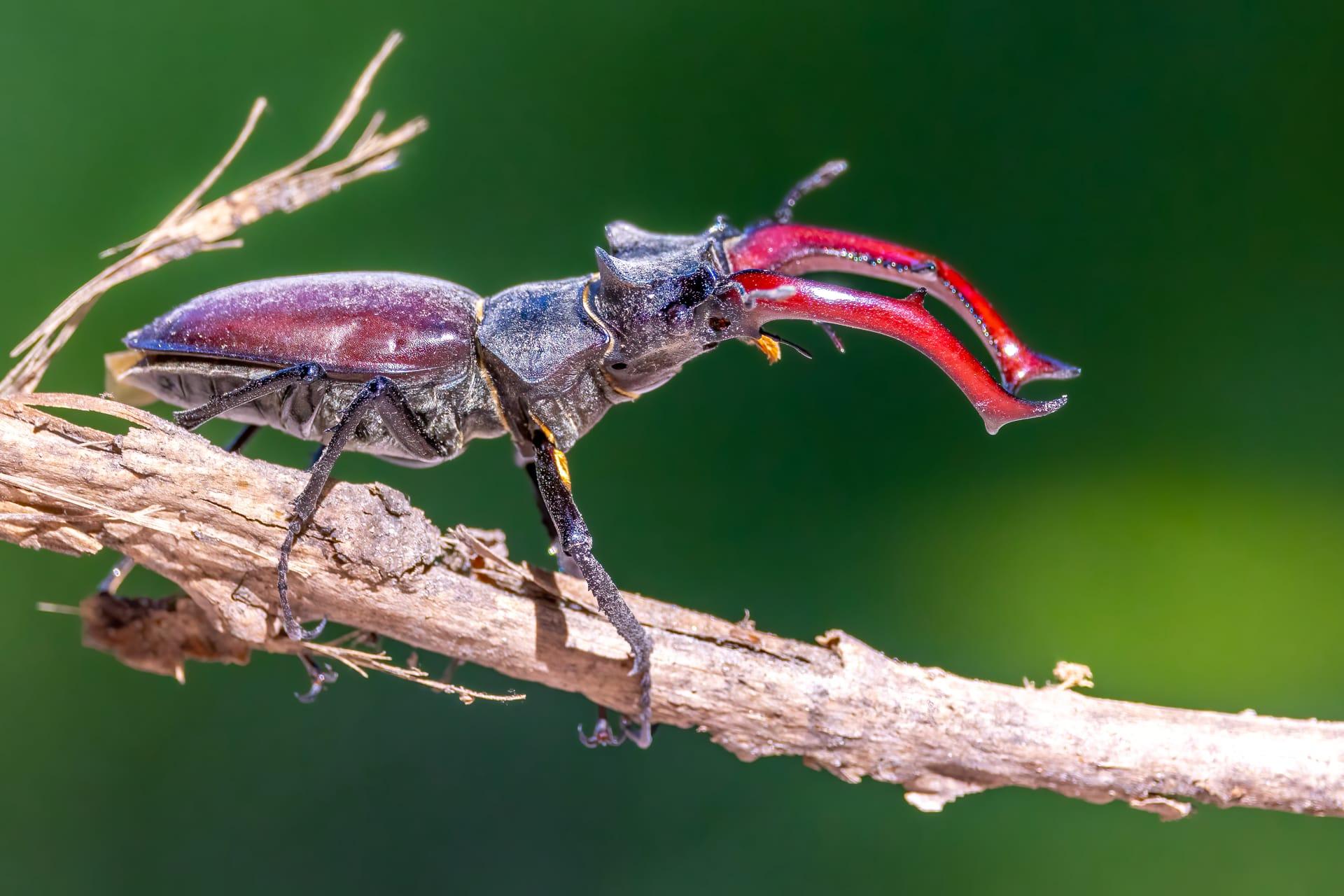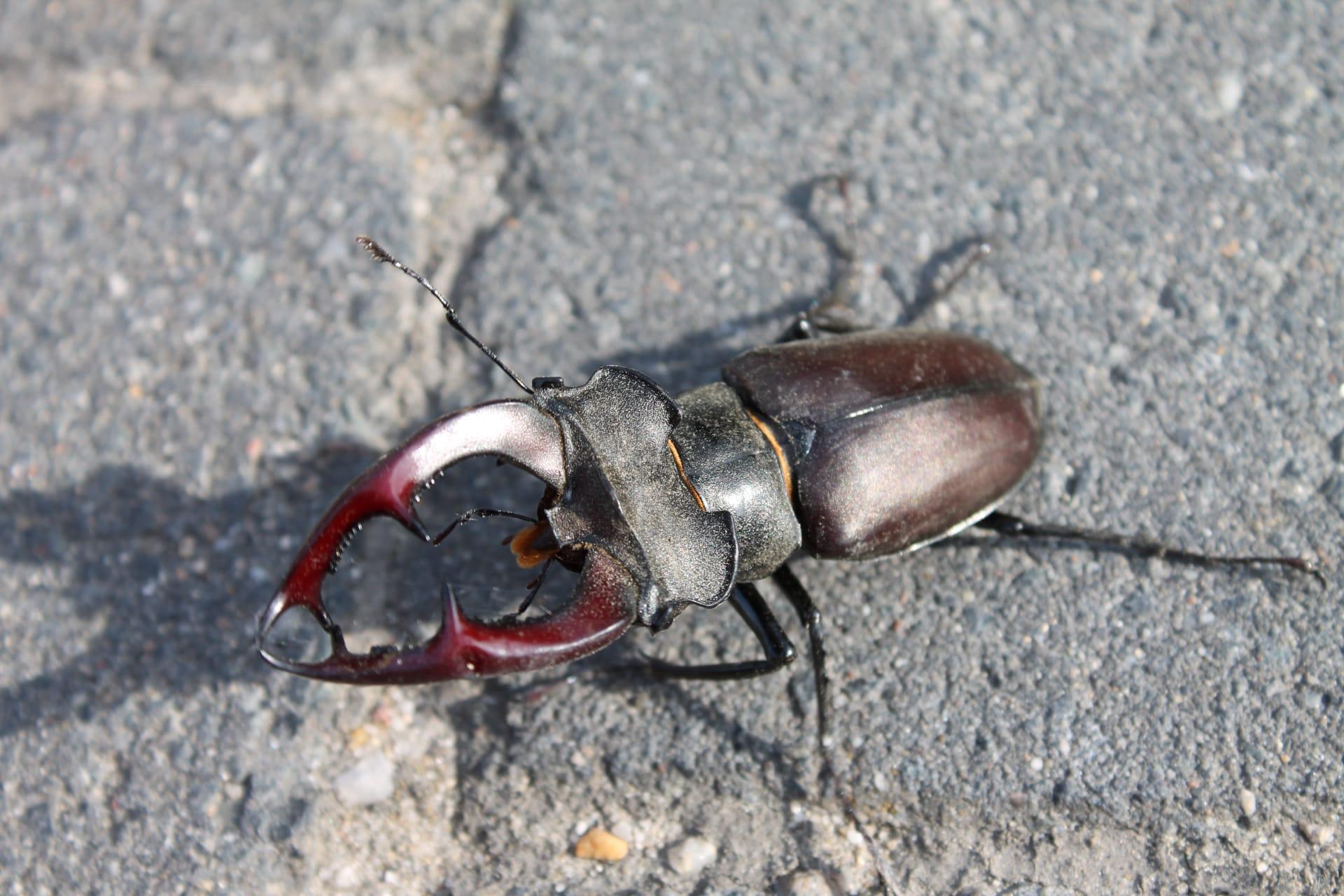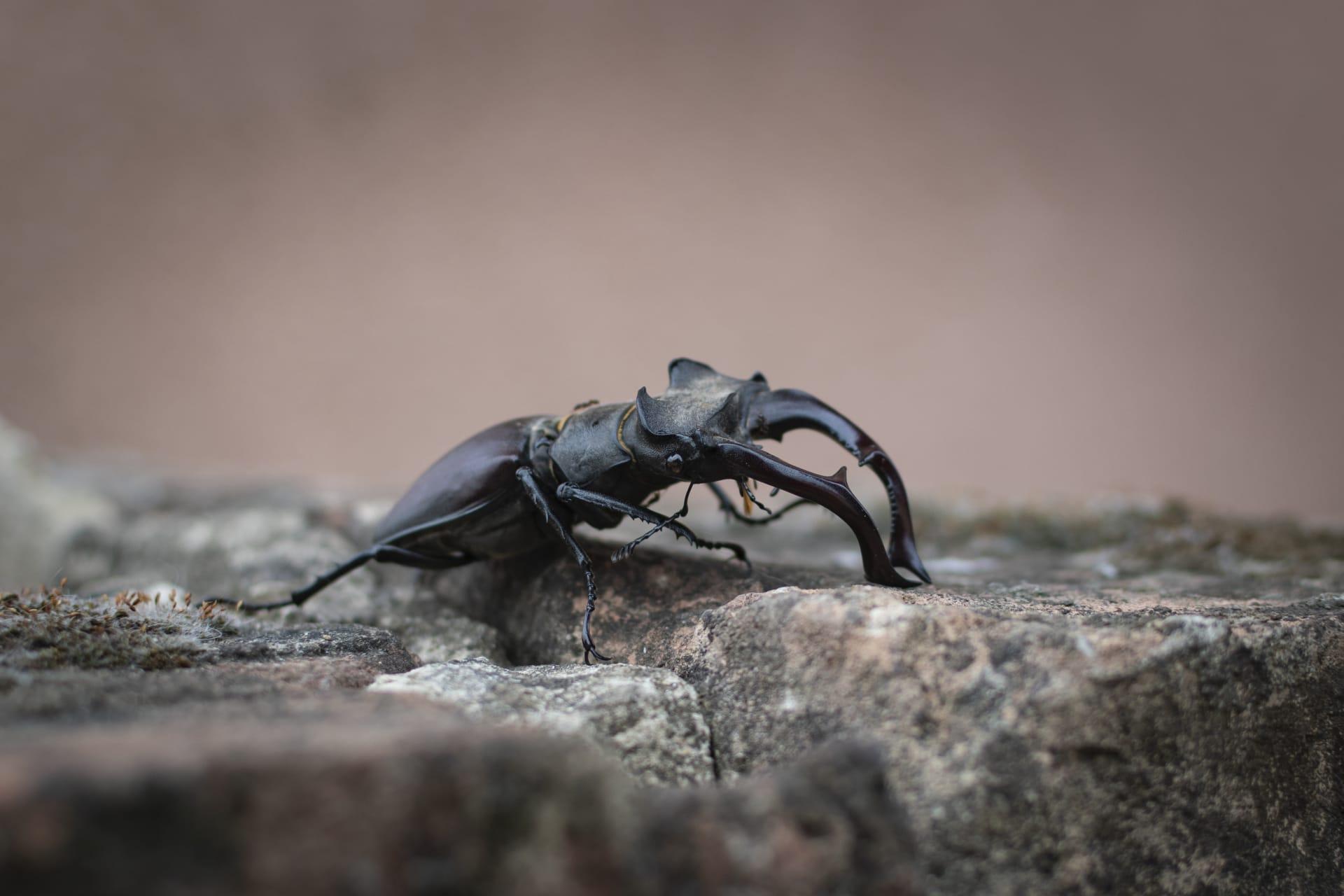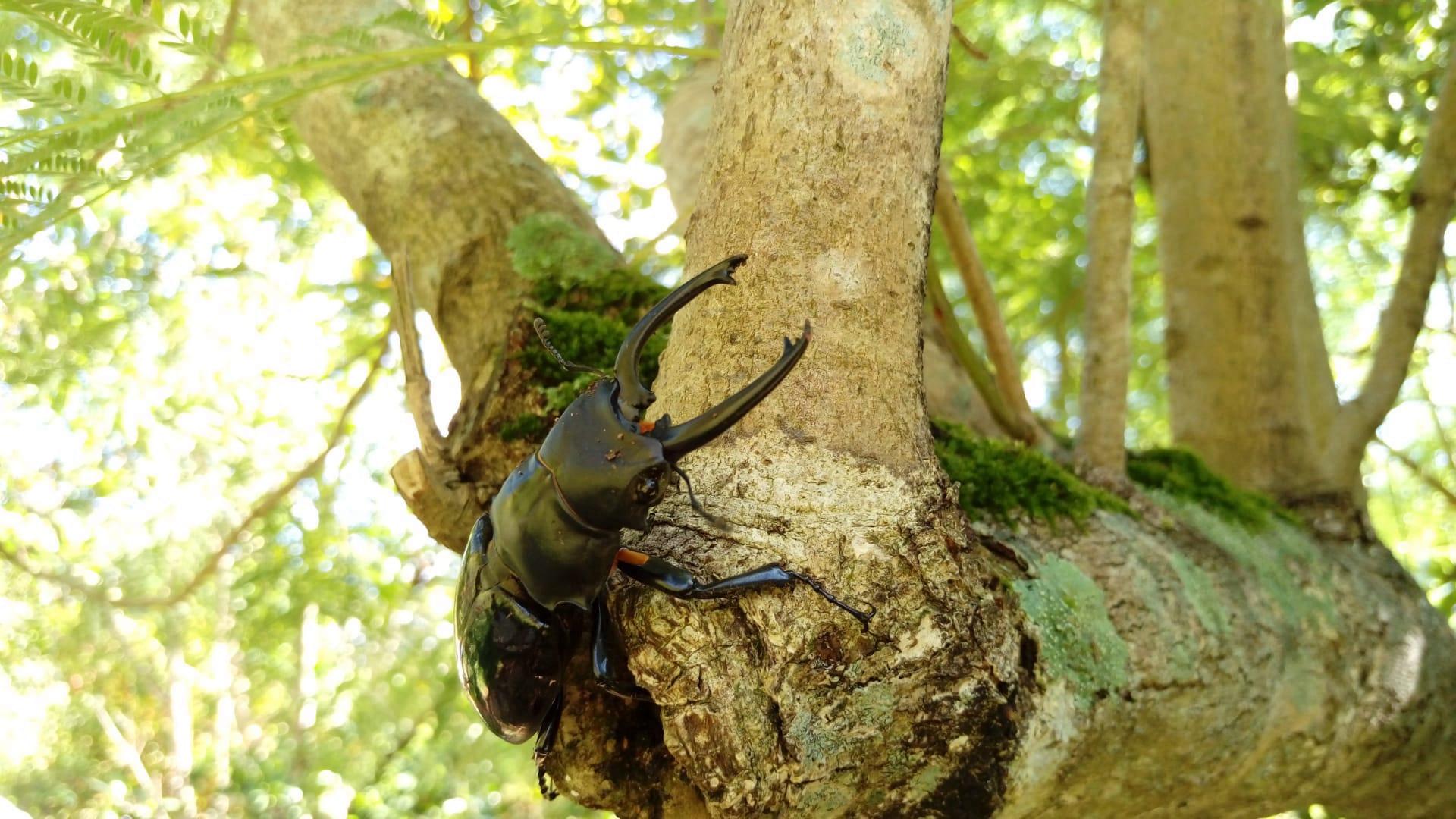Stag Beetle
- Home /
- Mini Encyclopedia /
- Animal /
- Stag Beetle
1
Stag beetles, a fascinating group of insects, belong to the family Lucanidae in the order Coleoptera, which is the largest order in the animal kingdom. This family comprises over 1,200 species, each with unique characteristics. The most notable feature of stag beetles is their oversized mandibles, resembling the antlers of a stag, hence their name. These beetles display sexual dimorphism, meaning the males and females have distinct physical appearances, with males typically sporting larger and more elaborate mandibles.
Stag beetles are found in various parts of the world, with a significant presence in Europe, North America, and parts of Asia. They prefer deciduous forests and woodland areas, thriving in environments rich in rotting wood, which is crucial for their lifecycle. In Europe, the Lucanus cervus is a well-known species, especially in the UK, where it's considered the largest native beetle. In North America, species like Lucanus elaphus are widespread, often spotted in the eastern regions. Asian countries, such as Japan, are home to the striking Dorcus titanus, another popular species within this family.

2
Question: Are stag beetles dangerous to humans?
Answer: Despite their formidable appearance, stag beetles are not dangerous to humans. Their large mandibles, particularly in males, are primarily used for combat with other males during mating rituals rather than for biting or aggression towards humans. They do have the ability to pinch if handled, but this is generally harmless and more of a defensive response than an aggressive one. Stag beetles are also non-venomous and do not possess any form of toxic bite or sting.

3
Stag beetles have adapted several survival strategies to thrive in their habitats. One key strategy is their reliance on decaying wood, particularly during the larval stage. The larvae feed on rotting wood, which provides essential nutrients for growth and development. This stage can last for several years, during which the larvae remain hidden within the wood, protected from many predators. The beetles also undergo a complete metamorphosis, transitioning from egg to larva, then to pupa, and finally to adult, which allows for distinct developmental phases to optimize survival and reproduction.
Adult stag beetles also exhibit unique behaviors for survival. Males use their large mandibles to fight rivals and attract mates, a critical part of their reproductive strategy. They are also nocturnal, which helps in avoiding daytime predators. The ability to fly, although not as agile as other flying insects, provides an advantage in escaping predators and exploring larger areas for potential mating opportunities and food sources.

4
In ecosystems, stag beetles play a significant role, especially in forest environments. They are part of a complex food web, serving as prey for birds, mammals, and larger insects. Their presence indicates a healthy, biodiverse ecosystem. As larvae, they contribute to the process of wood decomposition, breaking down dead and decaying trees. This decomposition is vital for nutrient cycling, enriching the soil, and supporting plant growth.
Their role extends to cultural significance in many societies. Stag beetles are often subjects of fascination and study, contributing to educational and conservation efforts. Their unique appearance has made them a symbol in various cultures, often associated with strength and resilience. Conservation efforts are crucial for stag beetles, as they face threats from habitat loss, pollution, and climate change. By protecting stag beetles and their habitats, we not only preserve these remarkable creatures but also support the broader health of our forests and ecosystems.

5
Film: "The Secret World of Stag Beetles" is a captivating documentary produced in the United Kingdom in 2019. It delves into the hidden life of these insects, exploring their lifecycle, behaviors, and the challenges they face in the wild. The film provides an up-close look at the various stages of a stag beetle's life, from larva to majestic adult, and highlights the importance of conservation efforts to protect these intriguing creatures.
Book: "Stag Beetles: Life in Miniature," authored by Michael Geiser and published in the United States in 2018, is a comprehensive guide to the world of stag beetles. The book covers various aspects, from identification and biology to the conservation status of different species. Geiser's work is renowned for its detailed descriptions and high-quality photographs, making it a valuable resource for both enthusiasts and researchers.
Book: "The Stag Beetle's Journey" is a narrative by British author Sarah Thomas, published in 2021. This book takes a more storytelling approach, following the life of a stag beetle named Lucas. Through Lucas's journey, Thomas illustrates the lifecycle, challenges, and ecological importance of stag beetles. The book is praised for its engaging narrative and educational value, appealing to a broad audience interested in nature and insect life.